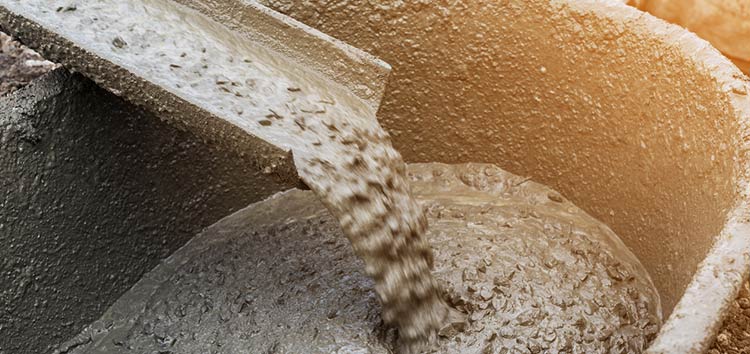Turkish cement plant becomes more energy efficient with heat recovery

Investor
Goltaz Cement

Location
Isparta Province, Türkiye

Investment
Electricity production from waste heat recovery, new cement production mill

Investment Size
€34 million

Financial results
Payback period of 6.4 years, annual savings of €6 million

Energy savings
76,297 MWh per year

CO2 savings
36,956 tonnes of CO2 per year

Impact
Improved financial standing and competitiveness

Donor
EU

Göltaş Cement was founded in Isparta in 1969 as the first private sector cement factory. With an initial capacity of 600,000 tonnes per year, the plant was built in an extremely rich region with limestone and clay deposits – the raw materials for clinker production.
Göltaş Cement planned to implement several modernisation measures to reduce energy costs and increase production capacity, and contacted MidSEFF for a loan.
The MidSEFF team performed the project analysis, including financial-technical parameters, energy saving potential, profitability, risks and environmental impact to make sure the project generates sufficient energy savings, CO2 emission reductions and meets other environmental, health and safety requirements.
The project consisted of installing a fifth and more efficient cement production mill and a heat recovery system for electricity generation.
The €34 million investment allowed the company to decrease its energy consumption by 76,297 MWh per year, which is equal to annual savings of €6 million. The investment will be repaid in slightly over six years and will continue to generate income further on. The savings arise from using its own electricity generated from heat recovery. The heat recovery electricity generation system has a capacity of 9.5 MW and will utilise the gases with temperatures well above 300°C from five separate boilers. In addition, the new cement mill has lower specific energy consumption and will enable the company to avoid operating the mills in the hours of the day when the electrical tariff from the grid is at its highest.
This project improved the plant’s financial standing and competitiveness in the market, not forgetting the positive environmental impact from reducing the amount of CO2 emissions by almost 37,000 tonnes per year.
It demonstrates that investments in energy efficiency lead to multiple benefits and win-win results.



